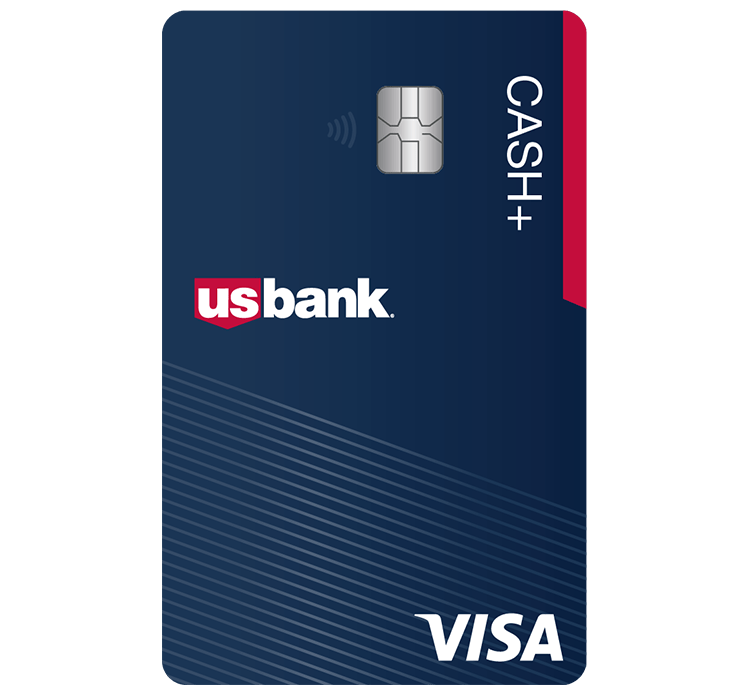Analyzing the Process: How Can Discharged Bankrupts Obtain Credit History Cards?
The procedure of rebuilding credit score post-bankruptcy poses one-of-a-kind challenges, commonly leaving numerous asking yourself about the feasibility of acquiring credit scores cards as soon as again. How specifically can they browse this complex procedure and protected credit scores cards that can aid in their credit reconstructing journey?
Recognizing Bank Card Eligibility Criteria

One key element in debt card qualification post-bankruptcy is the individual's credit score. A higher credit report rating signals liable economic behavior and may lead to far better credit rating card options.
In addition, individuals need to recognize the different sorts of debt cards available. Guaranteed charge card, for example, require a cash money down payment as collateral, making them extra available for individuals with a background of personal bankruptcy. By comprehending these qualification standards, people can navigate the post-bankruptcy debt landscape extra effectively and work in the direction of reconstructing their monetary standing.
Rebuilding Credit Scores After Insolvency
After personal bankruptcy, people can begin the process of reconstructing their credit to improve their financial stability. Among the preliminary actions in this procedure is to obtain a protected bank card. Protected credit history cards need a cash money down payment as security, making them more easily accessible to people with a personal bankruptcy background. By using a secured charge card sensibly - making prompt payments and keeping balances low - people can show their credit reliability to possible lenders.
One more approach to reconstruct credit score after personal bankruptcy is to come to be a certified user on someone else's credit rating card (secured credit card singapore). This enables individuals to piggyback off the primary cardholder's favorable credit rating, potentially boosting their very own credit report
Continually making on-time settlements for costs and financial debts is important in restoring credit history. Repayment background is a considerable variable in identifying credit history, so demonstrating responsible financial behavior is vital. In addition, on a regular basis checking credit rating records for mistakes and mistakes can help guarantee that the details being reported is correct, more assisting in the credit score rebuilding process.
Protected Vs. Unsecured Debt Cards
When considering credit card alternatives, people might encounter the option in between secured and unprotected credit rating cards. Safe credit history cards call for a cash deposit as security, commonly equal to the credit rating restriction granted. While safeguarded cards offer a path to boosting credit report, unsecured cards offer even more adaptability but may be more difficult to get for those with a troubled credit score history.
Using for Credit Cards Post-Bankruptcy
Having talked about the differences between unprotected and safe charge card, people that have actually undertaken personal bankruptcy might currently take into consideration the procedure of obtaining credit history cards post-bankruptcy. Reconstructing debt after bankruptcy can be difficult, but obtaining a bank card is an important action in the direction of boosting one's creditworthiness. When making an application for credit score cards post-bankruptcy, it is important website here to be calculated and discerning in choosing the best choices.

Additionally, some people may get specific unsecured charge card specifically made for those with a history of personal bankruptcy. These cards may have greater costs or passion prices, yet they can still supply an opportunity to rebuild debt when utilized sensibly. Prior to making an application for any type of charge card post-bankruptcy, it is suggested to evaluate the terms thoroughly to understand the charges, rates of interest, and credit-building possibility.
Credit-Boosting Techniques for Bankrupts
For people looking to improve their credit report scores after insolvency, one key approach is to get a guaranteed debt card. Safe cards need a cash deposit that offers as security, allowing individuals to show responsible credit rating use and repayment behavior.
An additional method includes becoming an accredited individual on someone else's bank card account. This permits individuals to piggyback off the key account holder's favorable credit report, possibly increasing their own credit report. Nevertheless, it is important to make certain that the main account holder preserves good credit history routines to optimize the benefits of this approach.
Additionally, regularly monitoring credit history records for mistakes this website and contesting any errors can my company also aid in enhancing credit report. By remaining proactive and disciplined in their credit rating management, individuals can progressively boost their credit reliability also after experiencing personal bankruptcy.
Final Thought
Finally, released bankrupts can acquire charge card by fulfilling qualification requirements, rebuilding credit rating, understanding the distinction in between protected and unsafe cards, and applying purposefully. By adhering to credit-boosting strategies, such as making timely repayments and maintaining credit score application low, bankrupt individuals can progressively enhance their creditworthiness and access to credit score cards. It is necessary for released bankrupts to be mindful and persistent in their financial behaviors to successfully browse the procedure of acquiring charge card after insolvency.
Comprehending the strict credit history card eligibility criteria is crucial for people seeking to obtain credit rating cards after bankruptcy. While safeguarded cards supply a course to enhancing credit report, unprotected cards provide even more versatility but might be more challenging to obtain for those with a struggling credit rating background.

In final thought, discharged bankrupts can acquire credit history cards by meeting qualification requirements, restoring credit score, comprehending the difference between safeguarded and unsafe cards, and applying tactically.